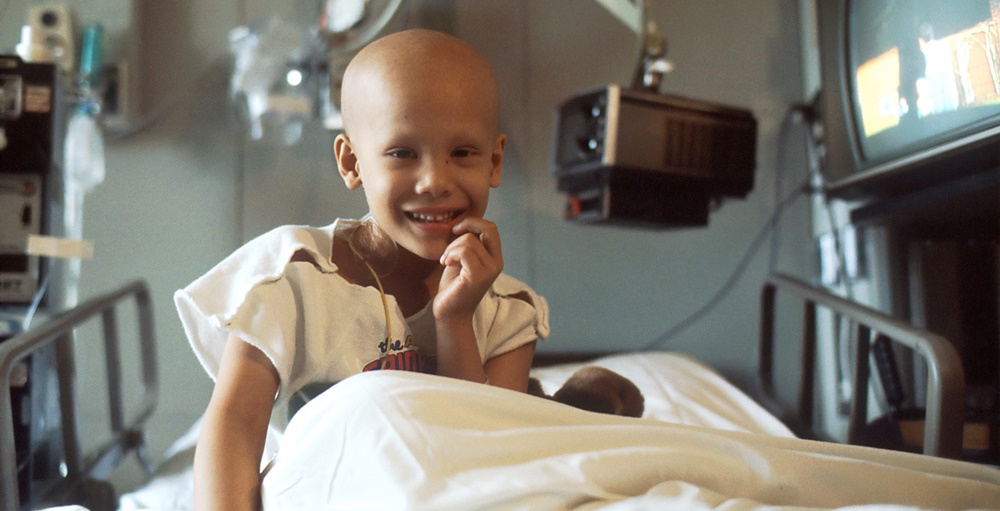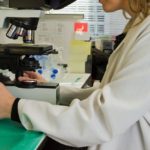How does colonoscopy help in prevention of cancer?
Colonoscopy is a procedure used for visualization of the large intestine which is about 150 cm long. It has a great role in the prevention of many diseases, including colon cancer. The parts examined include the anal canal, rectum, sigmoid colon, descending colon, transverse colon, ascending colon, and caecum. The procedure is conducted using a colonoscopy, which is like a long, thin, and flexible tube. A fiber-optic camera and light source are attached at the other end. The colonoscope can be flexed and is passed through the rectum by the gastroenterologist to look into the lumen of the colon. The images are displayed on a monitor for viewing. The procedure is safe and effective and is well tolerated by the patients. A trained endoscopist can perform this procedure in 30 to 45 minutes.
Who should undergo colonoscopy
Colonoscopy is used for the diagnosis of diseases and also has a therapeutic role in certain cases. It is used in the following conditions:
Polyps – these are pear-shaped swellings of the mucosa. Larger ones or those which are broad-based have a higher risk of cancer. Polypectomy or excision of polyp is done for pathological examination under a microscope.
Evaluation of a case with occult or overt loss of blood in stools, any abnormal finding on barium enema or CT imaging of colon, screening for cancer in people with a family history of colonic cancer, and monitoring of patients with a high risk of developing colon cancer like inflammatory bowel disease.
Colonoscopy is useful in the detection and treatment of any site of bleeding from the mucosa by use of cautery or injection of adrenaline. If a bleeding ulcer is seen, injection of adrenaline causes the blood vessel to contract. Bleeding stops due to clot formation in the contracted artery. Use of current or cautery can also be used to block a bleeding artery. A foreign body stuck inside can be removed by holding it with a grasper which is passed through a separate channel in the colonoscope. Recently it has also been used for laser therapy of an obstructing tumor and placement of stents inside the colon to allow passage of stools.
Who should undergo colonoscopy
Colonoscopy is used for the diagnosis of diseases and also has a therapeutic role in certain cases. It is used in the following conditions:
Polyps – these are pear-shaped swellings of the mucosa. Larger ones or those which are broad-based have a higher risk of cancer. Polypectomy or excision of polyp is done for pathological examination under a microscope.
Evaluation of a case with occult or overt loss of blood in stools, any abnormal finding on barium enema or CT imaging of colon, screening for cancer in people with a family history of colonic cancer, and monitoring of patients with a high risk of developing colon cancer like inflammatory bowel disease.
Colonoscopy is useful in the detection and treatment of any site of bleeding from the mucosa by use of cautery or injection of adrenaline. If a bleeding ulcer is seen, injection of adrenaline causes the blood vessel to contract. Bleeding stops due to clot formation in the contracted artery. Use of current or cautery can also be used to block a bleeding artery. A foreign body stuck inside can be removed by holding it with a grasper which is passed through a separate channel in the colonoscope. Recently it has also been used for laser therapy of an obstructing tumor and placement of stents inside the colon to allow passage of stools.
How is this procedure performed?
The procedure is described to the patient and consent is taken. Colonoscopy is an office procedure that is done under mild or conscious sedation. The bowel is prepared a day before so that it is completely empty for proper visualization. An IV line is started with the patient in the left lateral position. During a colonoscopy, the air is insufflated to open up the lumen of the colon. This may result in some discomfort or pain for which sedation is effective. After the procedure, the patient is monitored for 30 minutes and then on return to normal activity, is discharged. Oral diet is allowed after the procedure. One should not drive or operate heavy machinery for 24 hours after conscious sedation.
Risk of any complication during colonoscopy
This is a safe procedure though occasionally complications may occur. These are more likely during therapeutic procedures. Some of the complications include bleeding or perforation. Perforation has been reported in 0.1% to 0.8% cases after diagnostic colonoscopy and 0.3% to 3% after therapeutic colonoscopy. A few patients may develop hypotension, cardiac arrhythmias or myocardial infarction.
Cancer of the colon and rectum is the fourth most common cancer in the world and is commonly seen in people above the age of 50 years. If it is detected early, it is curable and improves the life expectancy of the patient. In this regard, colonoscopy has a great role to play in cancer prevention. In patients who develop anemia, weight loss, altered bowel habits, and occult or overt blood loss in stools, there is a high risk of colorectal cancer. They should consult their physician for proper evaluation.




























